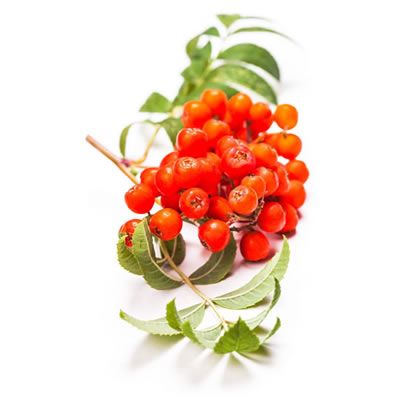
Sorbic acid is a food preservative which originated from rowan tree berries.
Sorbic acid is a common antimicrobial agent used in bakery products to combat mold. It’s a carboxylic acid, virtually odorless and tasteless when used in food processing. Its use has been dated back to 1859. Extracted from an all-natural source, berries of the Rowan tree, it’s no wonder this particular antimicrobial is a popular and effective choice among many bakers.
But it’s an acid!
Yes, we all know what acid does – reduces pH, kills yeast, and changes dough or batter properties. Bakers do not like it when these things happen, so you might well be asking, how can I use this acid to help my products?
Here comes the magic bullet
The trick is to use it in encapsulated form. When sorbic acid is encapsulated (most encapsulation technology uses lipids), it is prevented from interacting with other ingredients such as yeast and gluten protein. Encapsulation technology ensures that the sorbic acid keeps its rigid shell until temperature exceeds 1450F. Remember, this is after the yeast kill step. Therefore, when encapsulated sorbic acid is used, it is not released into your yeasted product until at least 50% of your baking time has elapse, ensuring ideal loaf volume is achieved. Read more on sorbic acid here.

